Understanding Blow Moulded Plastic Parts
Blow moulded plastic parts have become essential components in various industries due to their ability to produce hollow shapes with precise designs and technical attributes. This manufacturing process not only maximizes efficiency but also ensures high-quality production of items that range from simple containers to complex automotive components. A detailed exploration of blow moulded plastic parts reveals the intricacies involved in their creation, the different methods used, and their broad applications.
Definition and Process of Blow Moulding
Blow moulding is a manufacturing process that forms hollow plastic parts through the expansion of heated plastic inside a mold cavity. The process begins with a plastic polymer heated to the melting point, forming a parison (or preform). The parison is then placed into a two-part mold, where it is inflated using concentrated air pressure, causing the softened plastic to take the shape of the mold. This technique offers remarkable efficiency and speed, making it a preferred choice across industries.
There are three primary methods of blow moulding which include:
- Extrusion Blow Moulding (EBM): This method involves extruding a continuous tube of plastic, which is then clamped and inflated within the mold. This process is often preferred for its versatility and speed, especially suitable for manufacturing bottles.
- Injection Blow Moulding (IBM): A combination of injection moulding and blow moulding, where a preform is first injection molded and then inflated to form final parts. This process is ideal for producing high-precision, complex shapes.
- Injection Stretch Blow Moulding (ISBM): This technique enhances the properties of the final product through stretching of the preform, leading to improved strength and clarity, commonly used in products requiring higher durability, like beverage containers.
Types of Blow Moulded Parts
Blow moulded parts can be classified based on their intended use and design specifications. Some common types include:
- Bottles: Widely used in the beverage and pharmaceutical industry, they vary in size and complexity, made to cater to specific functional needs.
- Containers: These can range from household items like storage containers to industrial parts such as tanks.
- Automotive Components: Parts like air ducts, fuel tanks, and bumpers utilize blow moulding for their lightweight and robust designs.
- Household Goods: Items like buckets, toys, and garden equipment benefit from the durability and customizable nature of blow moulded plastics.
Benefits of Using Blow Moulded Plastics
The advantages of utilizing blow moulded plastics extend to various aspects of production and application:
- Cost-Effective: Due to their efficient manufacturing process, blow moulded parts often have lower production costs when compared to other moulding methods, especially for mass production.
- Design Flexibility: The ability to create complex shapes and sizes provides manufacturers with great design freedom, allowing for innovation in product development.
- Reduced Waste: Compared to traditional moulding, blow moulding produces less waste, making it a more sustainable choice.
- Lightweight Products: The hollow structure of blow moulded parts contributes to lower weights, which is essential in many applications, particularly in the automotive and packaging sectors.
Materials Used in Blow Moulding
The selection of materials in blow moulding is critical to determine the performance, durability, and application suitability of the final product. Understanding the common plastics used in this manufacturing process is essential for engineers, designers, and manufacturers.
Common Plastics in Blow Moulding
Various plastics can be effectively used in blow moulding, each possessing unique characteristics. The most common plastics include:
- Polyethylene (PE): Available in high density (HDPE) and low density (LDPE) forms, polyethylene is widely used due to its excellent flexibility, chemical resistance, and cost-effectiveness.
- Polypropylene (PP): Known for its toughness and resistance to impact, PP is often used for applications that require higher temperatures and stress resistance.
- Polyethylene Terephthalate (PET): Frequently utilized for beverage bottles, PET is valued for its strength, recyclability, and clarity.
- Polyvinyl Chloride (PVC): This plastic is often employed in applications needing durability and heat stability, such as containers and pipes.
Material Properties and Their Impact
The choice of material impacts not only the manufacturing process but also the physical properties of the end product. Characteristics like flexibility, strength, temperature resistance, and chemical resistance play crucial roles in determining suitability for specific applications.
For instance, PET’s rigidity and barrier properties make it ideal for food and beverage packaging, while HDPE’s flexibility allows for the production of various consumer goods and industrial applications.
Sustainability in Material Selection
Sustainability is increasingly influencing material selection in blow moulding. Manufacturers are focusing on using recyclable materials and bio-based plastics to minimize environmental footprints. Recycled PET (rPET), for instance, is a top choice due to its reduced impact on natural resources. Moreover, innovations in biodegradable and compostable plastics offer potential substitutes that align with eco-friendly initiatives.
Applications of Blow Moulded Plastic Parts
Blow moulded plastic parts serve crucial roles across various industries due to their versatility and functionality. From consumer products to industrial applications, the demand for these components continues to grow.
Industries Utilizing Blow Moulded Plastics
Here are some key industries utilizing blow moulded parts:
- Food and Beverage: The production of plastic bottles and containers allows for efficient packaging, preserving the quality of food and beverages.
- Automotive: Car manufacturers use blow moulded plastics for various components, reducing vehicle weight and improving fuel efficiency.
- Medical: The healthcare sector benefits from the production of sterile packaging for drugs, liquids, and medical devices.
- Consumer Products: Everyday items like toys, storage bins, and kitchenware are commonly produced using blow moulding techniques.
Case Studies of Successful Applications
Numerous successful applications of blow moulded plastic parts serve to demonstrate the effectiveness of this manufacturing process. For instance, Coca-Cola’s use of lightweight PET bottles significantly reduced shipping costs and environmental impact. Another example is the automotive industry, where manufacturers have integrated blow moulded components like air ducts and fuel tanks, enhancing design efficiency while reducing overall weight.
Innovative Uses for Blow Moulded Parts
Innovation continues to shape the future of blow moulded parts. For example, advancements in 3D blow moulding technology enable the creation of complex geometries and multi-layered structures, opening new avenues for product design. Products like insulated bottles that maintain temperature due to multi-layer materials exemplify the innovation potential within this realm.
Manufacturing Process and Techniques
The manufacturing process of blow moulding involves several key techniques and considerations to ensure that quality standards are met. Understanding these techniques is vital for manufacturers seeking to optimize production efficiency and product quality.
Overview of Blow Moulding Techniques
Each blow moulding technique—EBM, IBM, and ISBM—serves unique production needs and requirements.
The process flow generally includes these stages:
- Heating: The selected plastic material is heated until it reaches a meltable state.
- Moulding: The molten plastic is formed into a parison, which is then placed into a mold.
- Inflation: Compressed air is injected to expand the material against the mold walls.
- Cooling: The completed part is cooled and solidified, at which point the mold is opened, and the part is ejected.
Quality Control Measures in Production
Quality control in blow moulding involves several critical measures:
- Material Inspection: Assessing raw materials for consistency in quality, which directly impacts the final product.
- Dimensional Checks: Ensuring that finished products adhere to design specifications to prevent fitting issues during application.
- Testing Structural Integrity: Performing tests to determine the durability and strength of the final product, often using methods like pressure testing.
- Visual Inspections: Identifying any surface defects or aesthetic flaws before products are packaged for shipment.
Future of Blow Moulding Technology
As technology advances, the future of blow moulding appears promising. Innovations such as automation in manufacturing processes, 3D printing of molds, and the optimization of material recycling methods are rapidly evolving, influencing how companies approach production. Additionally, sustainability measures are playing increasingly significant roles, with manufacturers actively seeking methods to reduce waste and improve recyclability.
Choosing the Right Blow Moulding Partner
Selecting the appropriate blow moulding partner is crucial for organizations looking to leverage blow moulded components. The right partner can contribute not only to product quality but also to innovation and technical support throughout the production process.
Key Factors in Supplier Selection
When choosing a blow moulding supplier, consider the following:
- Experience: Look for suppliers with extensive experience in the blow moulding industry, preferably in your specific sector.
- Technical Capabilities: Assess the manufacturing technologies and materials offered by the supplier.
- Quality Assurance Procedures: Ensure that the supplier maintains robust quality control processes to ensure product reliability.
Evaluating Quality and Expertise
Evaluating the quality and expertise of a blow moulding partner involves reviewing references, conducting site visits, and requesting product samples to assess production capabilities and quality standards directly. Engaging with existing clients can also provide insight into the supplier’s reliability and customer service.
Long-Term Partnership Benefits
Establishing a long-term partnership with a blow moulding supplier can yield significant advantages, such as:
- Increased Efficiency: Long-term collaboration fosters a deeper understanding of specific needs, leading to optimized production processes.
- Innovation Opportunities: Strong partnerships can result in co-development of new technologies and product designs, capitalizing on shared expertise.
- Consistent Quality: A reliable partnership ensures consistent quality and delivery, crucial for meeting market demands effectively.
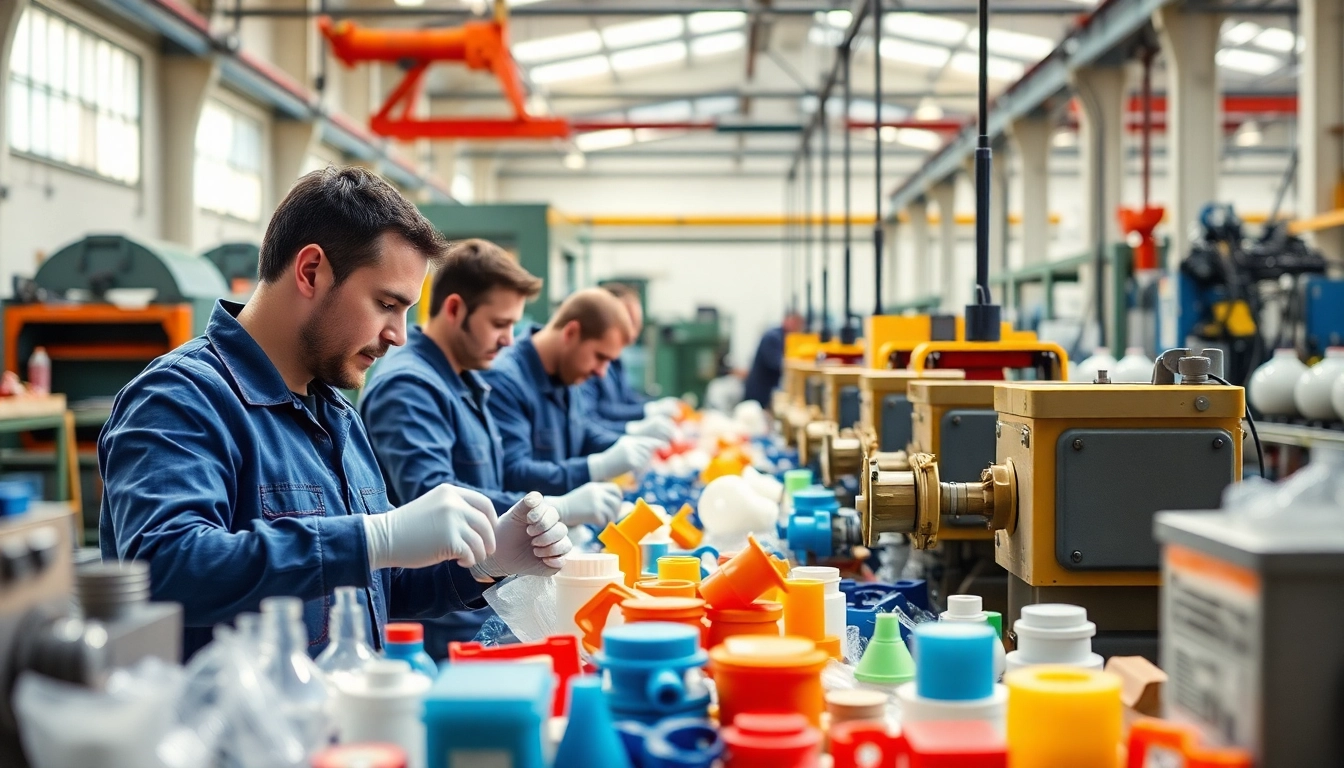
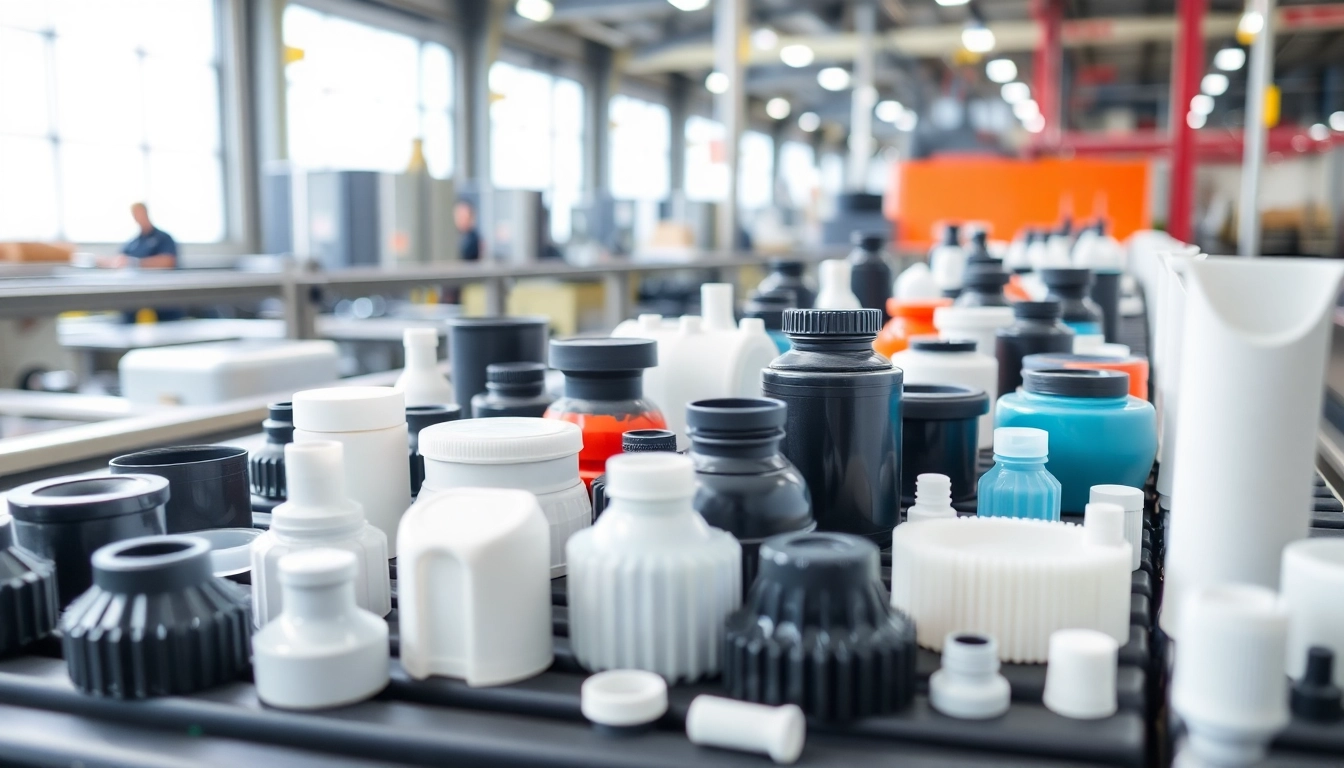
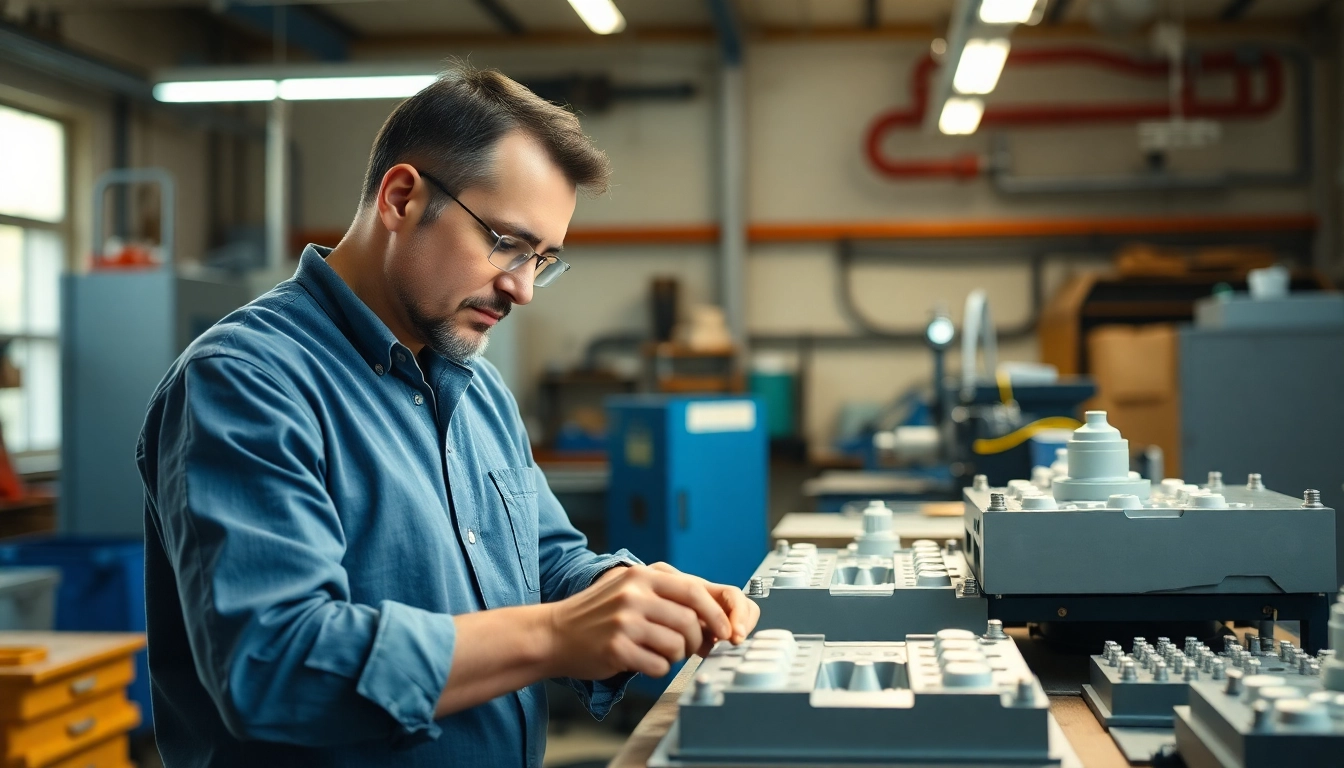
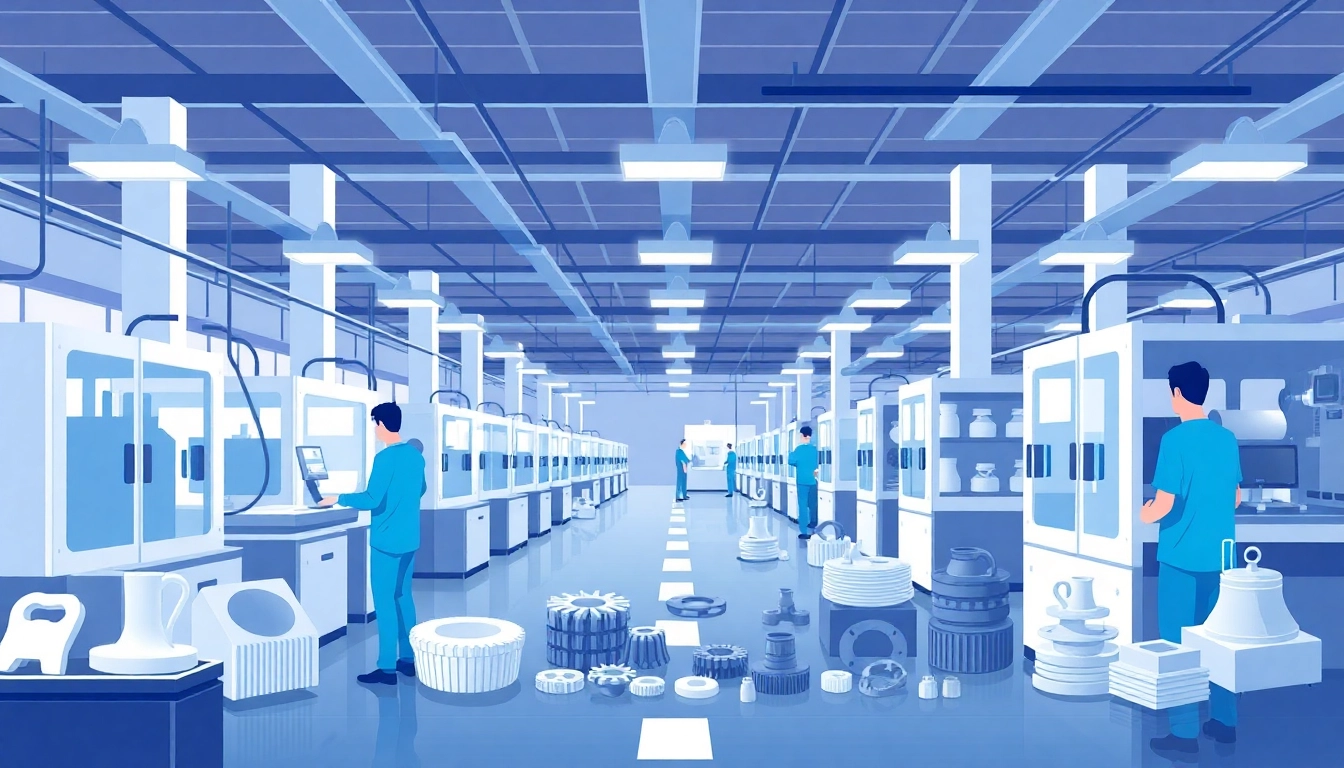
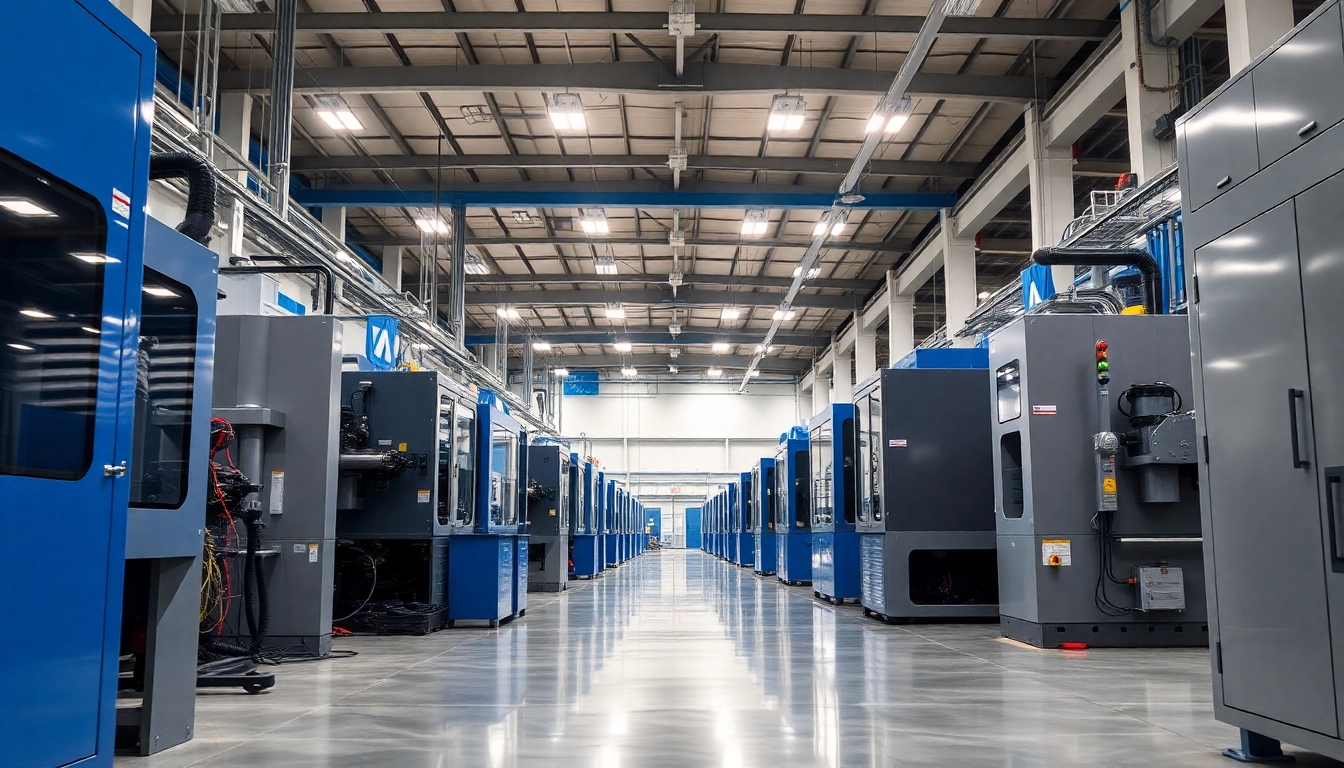
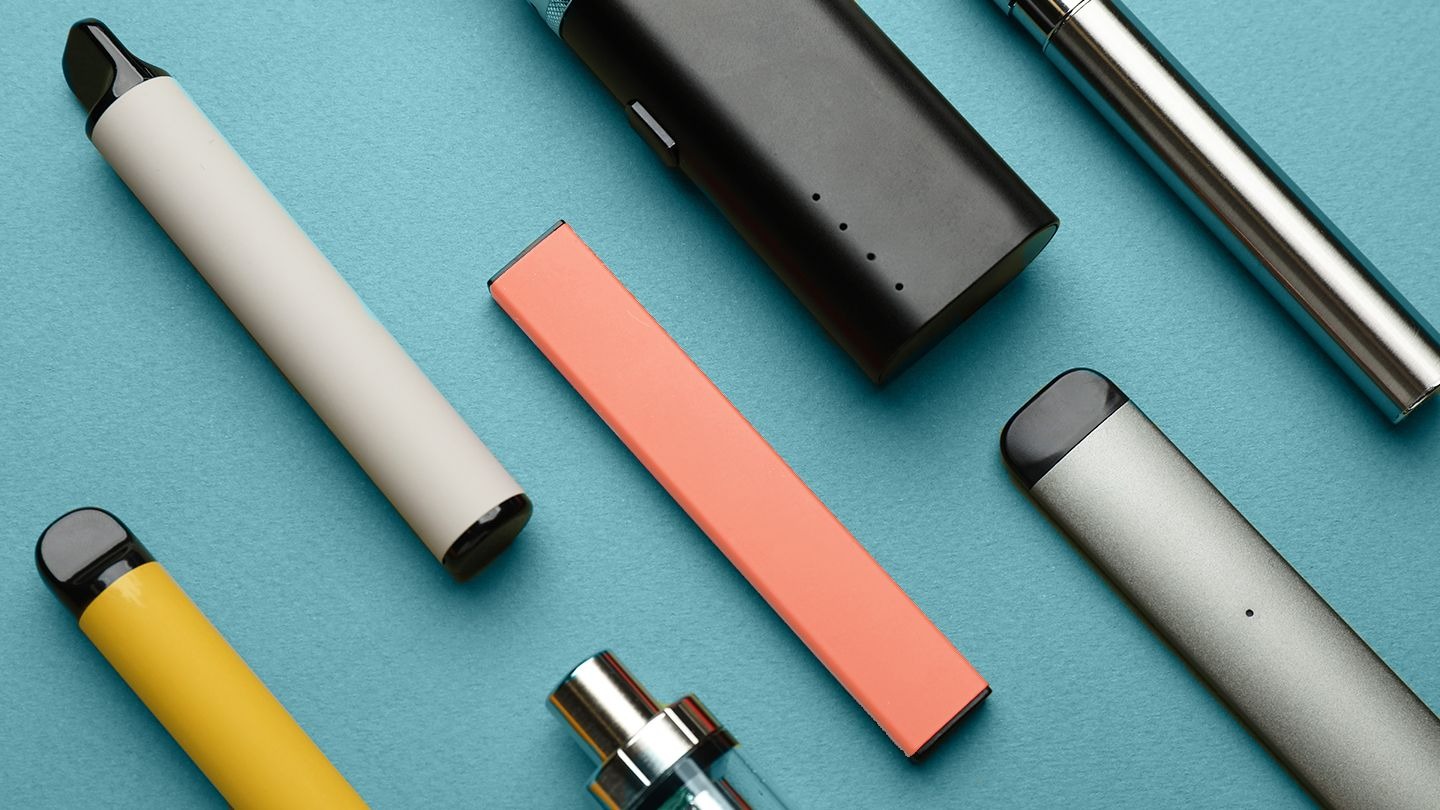



Leave a Reply